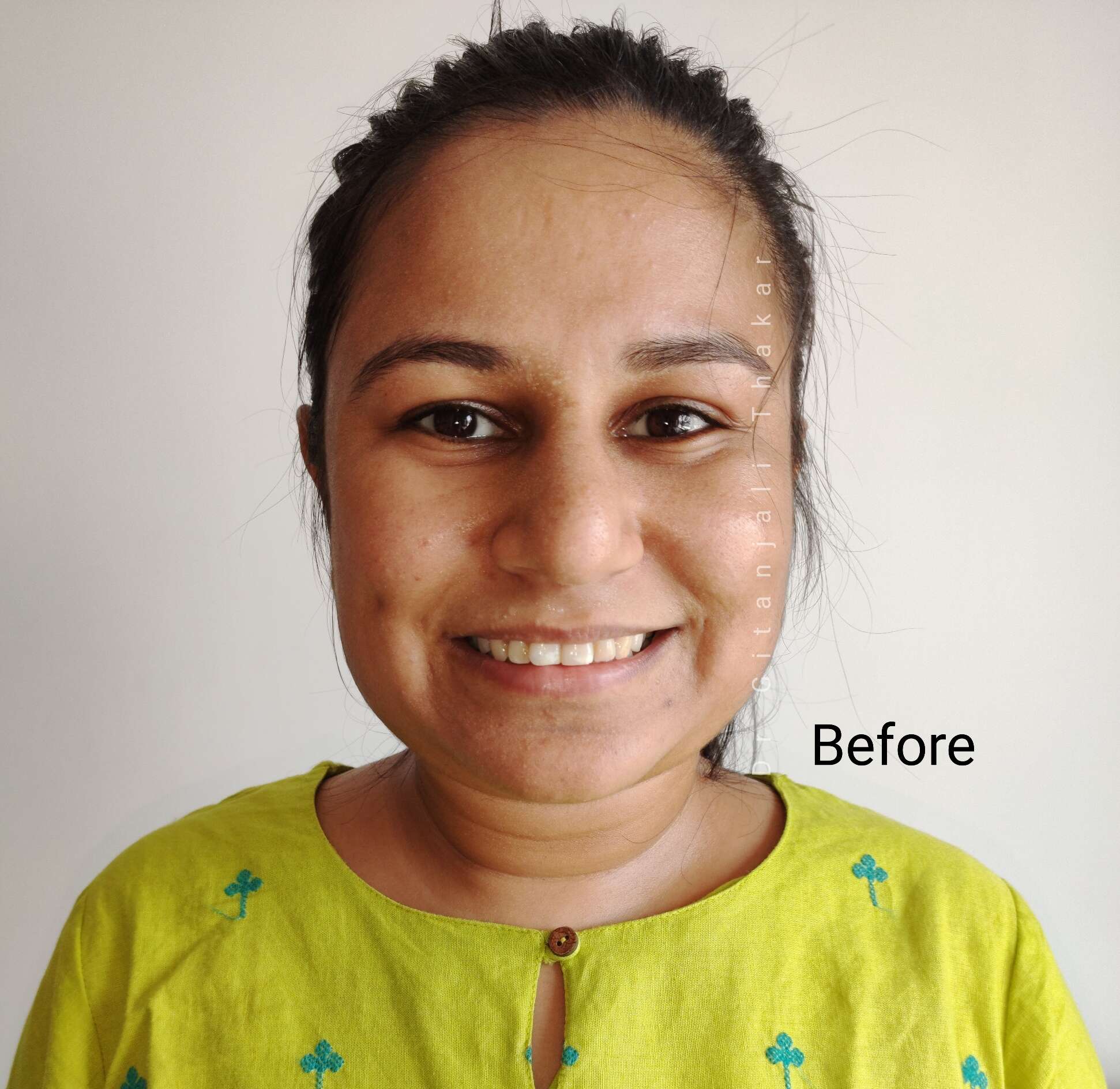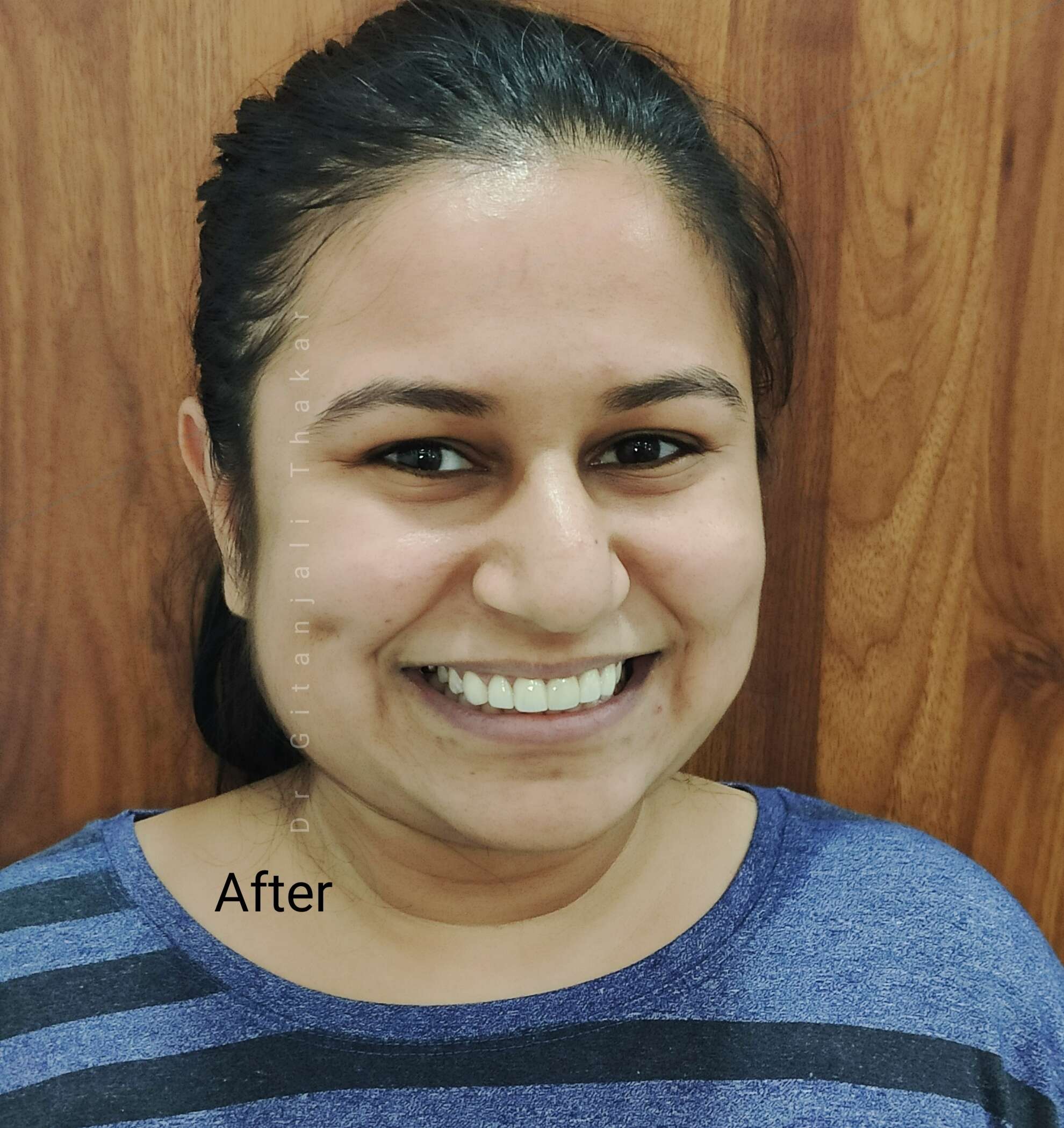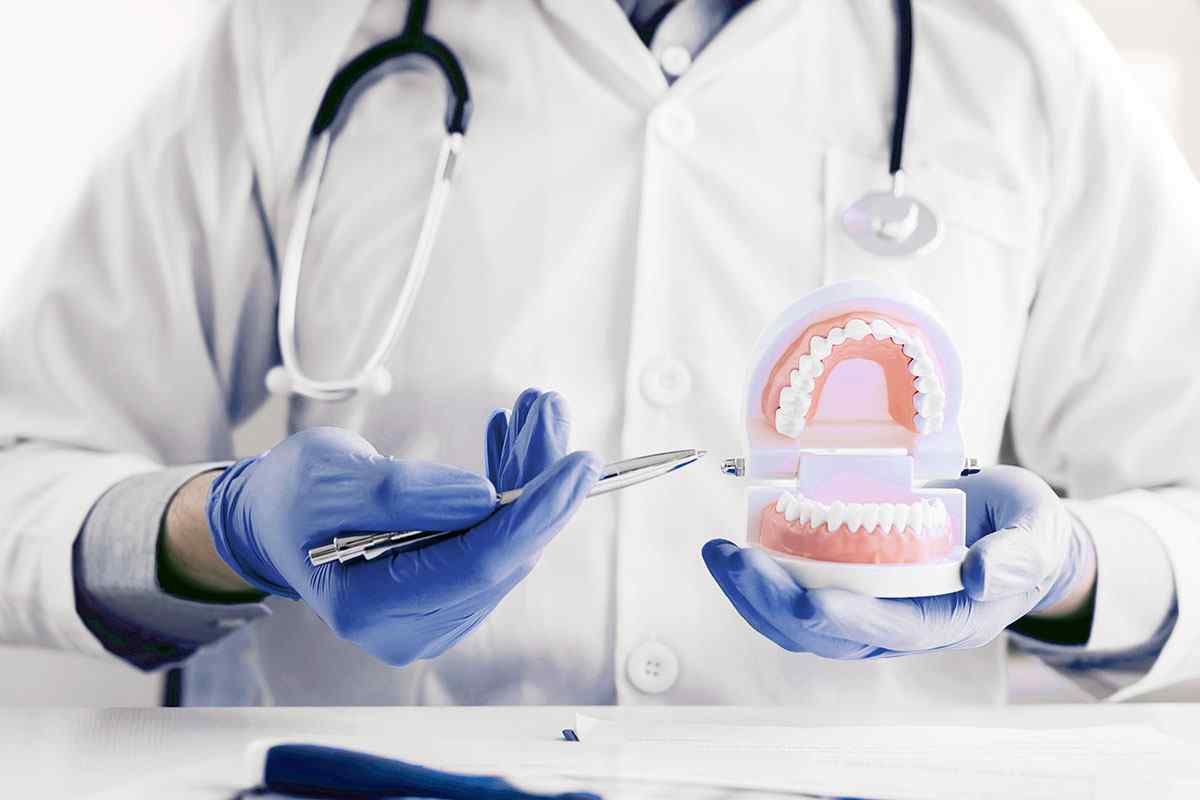What Exactly Is
Cosmetic Dentistry?
Cosmetic dentistry is a method of professional oral care that focuses on improving the appearance of your teeth.
- Veneers
- Dental Filling
- Teeth Whitening
- Dental Bridges
- Teeth Cleaning
Dental Veneers: For some people, having damaged or discoloured teeth can affect their confidence or self-esteem. Dental veneers can help improve the appearance of the teeth.




Tooth Filling: To treat a cavity your dentist will remove the decayed portion of the tooth and then “fill” the area on the tooth where the decay was removed.
Teeth Cleaning: A dental cleaning is part of an annual dental check-up, which needs to be made at least once, if not twice, a year.
Bridges & Crowns: A bridge is a quick way to replace 1-2 missing teeth. It does not require any surgery. Dental crowns are used as caps on missing or fractured teeth to protect the life of your teeth
Teeth Whitening: Tooth whitening lightens teeth and helps to remove stains and discolouration.
Know More About
Cosmetic Dentistry
FAQs(Frequently Asked Questions)
Whitening is Used For?
The outer layer of a tooth is called the enamel. The color of natural teeth is created by the reflection and scattering of light off the enamel, combined with the color of the dentin under it. Your genes affect the thickness and smoothness of the enamel. Thinner enamel allows more of the color of the dentin to show through. Having smoother or rougher enamel also affects the reflection of light and therefore the color.
Every day, a thin coating (pellicle) forms on the enamel and picks up stains. Tooth enamel also contains pores that can hold stains.
The most common reasons for teeth to get yellow or stained are:
- Using tobacco
- Drinking dark-colored liquids such as coffee, cola, tea and red wine
- Not taking good care of your teeth
Aging makes teeth less bright as the enamel gets thinner and the dentin becomes darker.
It is also possible to have stains inside the tooth. These are called intrinsic stains. For example, intrinsic stains can be caused by exposure to too much fluoride as a child while teeth are developing. Other causes include tetracycline antibiotics. They can stain a child’s teeth if taken by a mother during the second half of pregnancy or by a child who is 8 years old or younger. Teeth are still developing during these years. Trauma may also darken a tooth.
Tooth whitening is most effective on surface (extrinsic) stains
Which Type of Filling is Best?
No one type of filling is best for everyone. What’s right for you will be determined by the extent of the repair, whether you have allergies to certain materials, where in your mouth the filling is needed, and the cost. Considerations for different materials include:
- Gold fillingsare made to order in a laboratory and then cemented into place. Gold inlays are well tolerated by gum tissues, and may last more than 20 years. For these reasons, many authorities consider gold the best filling material. However, it is often the most expensive choice and requires multiple visits.
- Amalgam (silver) fillings are resistant to wear and relatively inexpensive. However, due to their dark color, they are more noticeable than porcelain or composite restorations and are not usually used in very visible areas, such as front teeth.
No one type of filling is best for everyone. What’s right for you will be determined by the extent of the repair, whether you have allergies to certain materials, where in your mouth the filling is needed, and the cost. Considerations for different materials include:
- Gold fillingsare made to order in a laboratory and then cemented into place. Gold inlays are well tolerated by gum tissues, and may last more than 20 years. For these reasons, many authorities consider gold the best filling material. However, it is often the most expensive choice and requires multiple visits.
- Amalgam (silver) fillings are resistant to wear and relatively inexpensive. However, due to their dark color, they are more noticeable than porcelain or composite restorations and are not usually used in very visible areas, such as front teeth.
Can a bridge fitted straight after having a tooth removed?
It can take up to 2-3 months for gums to heal properly after an extraction. This means that it may need to have a temporary denture before the bridge is fitted.
What are bridges made of?
Bridges are usually made of porcelain bonded to precious metal. Sometimes other non-precious metals are used in the base for strength. There are also new bridges made entirely of a special type of strong porcelain.
How to look after bridge?
You need to clean your bridge every day, to prevent problems such as bad breath and gum disease. You also have to clean under the false tooth every day. Your dentist or hygienist will show you how to use a bridge needle or special floss, as a normal toothbrush cannot reach.





